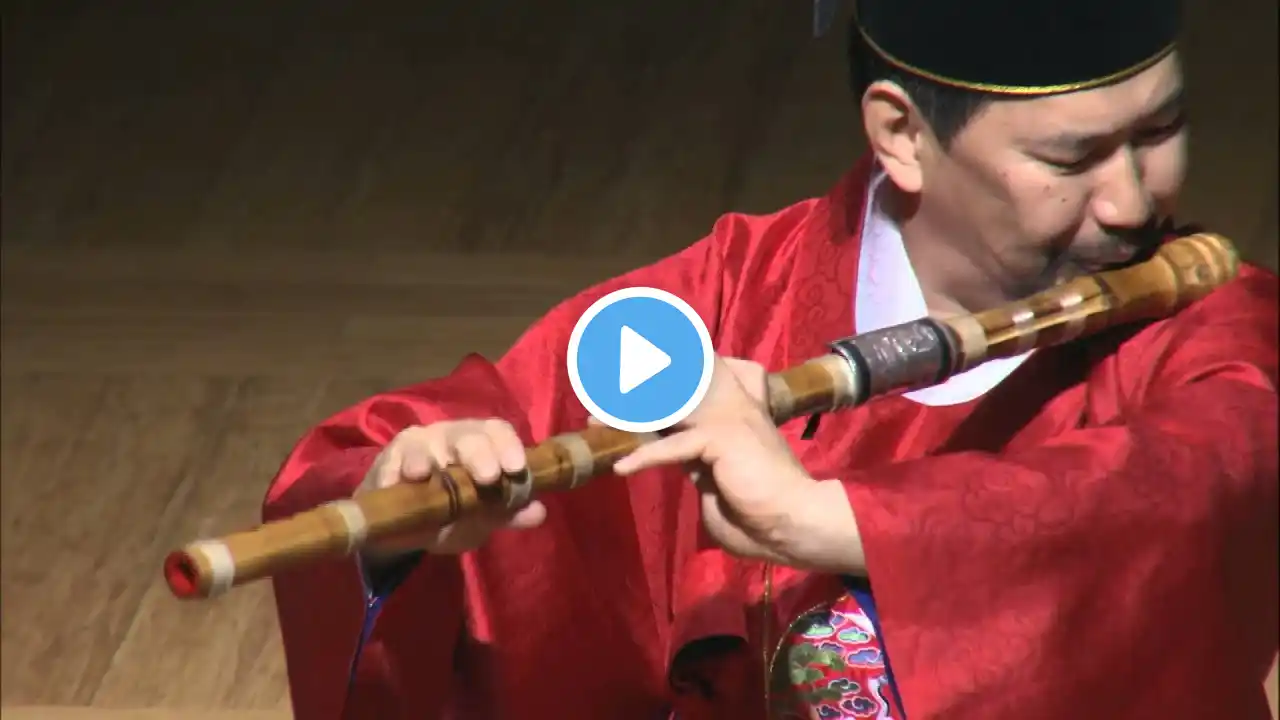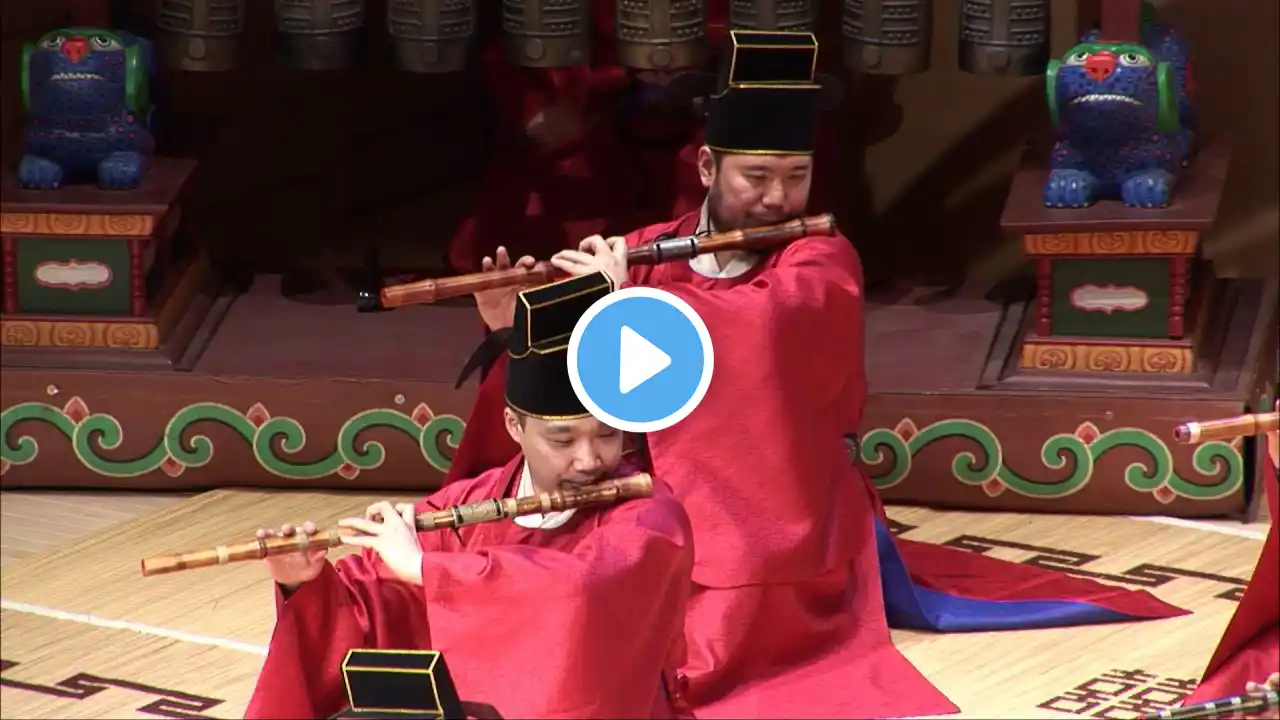![국립국악원 토요명품공연 [2015.06.20.] 05. 대금독주(Daegeum Solo) '청성곡(Cheongseong Jajinhanip)'](https://krtube.net/image/k2qrlD6NJMk.webp)
국립국악원 토요명품공연 [2015.06.20.] 05. 대금독주(Daegeum Solo) '청성곡(Cheongseong Jajinhanip)'
05 대금독주 '청성곡' 청성자진한잎은 성악곡 가곡 한바탕의 끝 곡인 태평가의 변주곡으로 대금이나 단소의 독주곡으로 널리연주된다 ‘청성곡’이라고도 하는데, ‘청성(淸聲)’은 음이 높다는 뜻이며 ‘자진한잎’은 노래곡인 가곡을 의미하는 ‘삭대엽(數大葉)’의 순 우리말이다 05 Daegeum Solo (Cheongseong Jajinhanip) A variation of Taepyeonga, the final song of the Gagok song cycle, Cheongseong Jajinhanip is played either as daegeum solo or danso solo It is also known as Cheongseonggok, “cheongseong” meaning high-pitched sound; jajinhanip is a Korean forSakdaeyeop, which is a song in the Gagok cycle The daegeum solo version has delicate and exquisite ornaments, so it no longer sounds like a mere accompaniment, but an independent piece of instrumental music It goes along with the verse “The thin and elongated tonal liaisons wake a dragon up from sleep in a valley and makes it dance” from Qian Chibi Fu by the Chinese poet Su Shi (also known as Su Tungpo) ○ 대금/김기엽 ○ 주최 및 촬영/국립국악원[National Gugak Center]

















